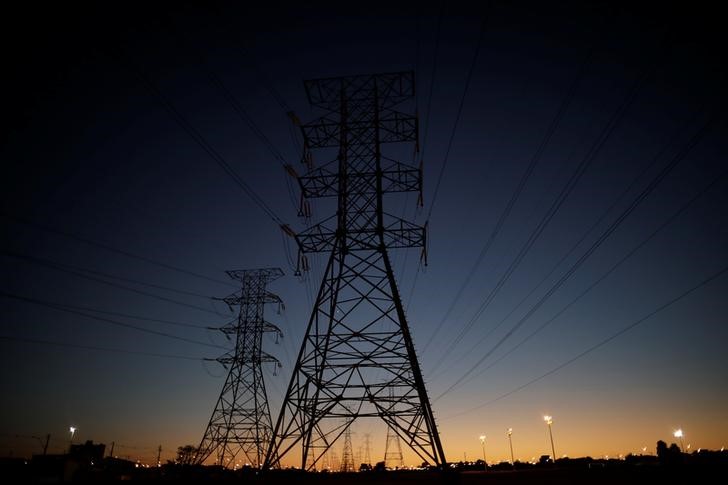Power consumption in the United States is expected to increase over the next ten years due to the expansion required for large-scale computing facilities, especially for advanced artificial intelligence applications.
This expected increase in power consumption will benefit utility companies. However, as reported by financial experts, there are considerable uncertainties that fuel optimism for this trend. Wells Fargo (NYSE: ).
Growth in power demand
Electricity production in the United States has been steady since 2004, with annual production at about 4,000 terawatt hours.
The estimated increase in electricity consumption of 2.0% to 2.5% per year until 2030 represents a significant shift from growth rates of less than 0.5% per year observed in the past two decades.
A major driver of this increase is the development of new computing facilities required for advanced artificial intelligence. Substantial financial commitments by major technology companies to these facilities provide some assurance of near-term growth in electricity demand. This expected increase in consumption will result in more business for utility companies through higher electricity generation and associated infrastructure development.
Concerns about utility sector
Even with positive forecasts for electricity consumption, there are several factors affecting the public service sector:
Longevity Requirement: There are doubts about the sustainability of this increase in consumption. The ability to profit from advanced artificial intelligence is still unclear, which could affect continued demand for large computing facilities.
Regulatory and Pricing Risks: Utility companies and regulators have worked to create pricing structures to prevent the cost of new infrastructure from affecting other types of customers. However, changes in regulations and policies can introduce financial uncertainties that affect the stability and strategic planning of utility companies.
Infrastructure Costs: While immediate construction of new computing facilities is advantageous, there is concern that if consumption slows down, utility companies may not fully utilize surplus infrastructure, leading to inefficiencies and economic burdens.
Economic and Market Conditions: The general economic environment and market trends are also important. Factors such as the inflation rate, borrowing costs and technological progress can have effects on the overall power consumption and operating costs of utility companies.
The projected increase in power consumption in the United States provides an opportunity for growth in the utility sector, particularly due to the need for more large computing facilities for advanced artificial intelligence. However, the industry must deal with significant uncertainties, including the nature of long-term demand, regulatory hurdles and the risk of having more infrastructure than needed.
This article was generated and translated with the help of artificial intelligence and reviewed by an editor. For more details, please see our terms and conditions.

“Internet addiction in terminals. Award-winning beer expert. Travel expert. General analyst.”






More Stories
Cleaners at prestigious UK girls’ school win pay and conditions dispute
Soybeans fall in Chicago, with expectations of a good harvest in the US
Support planned for UK households struggling with winter energy bills